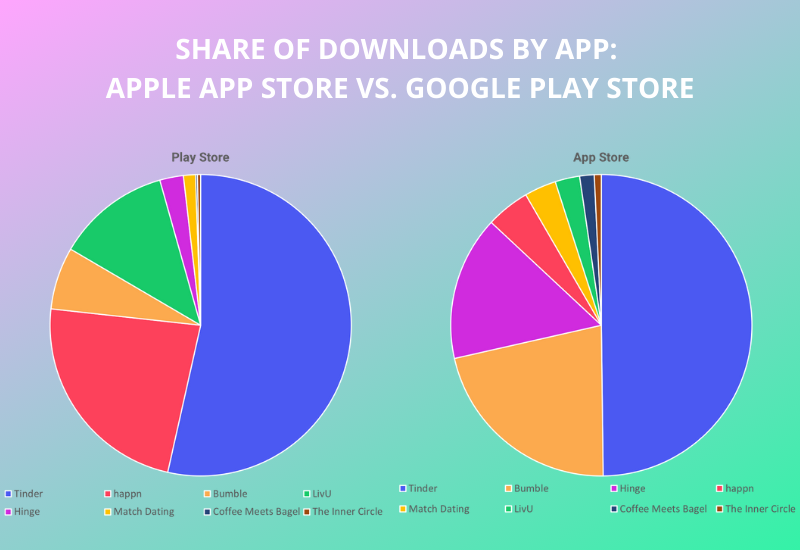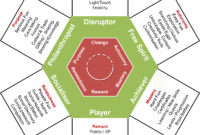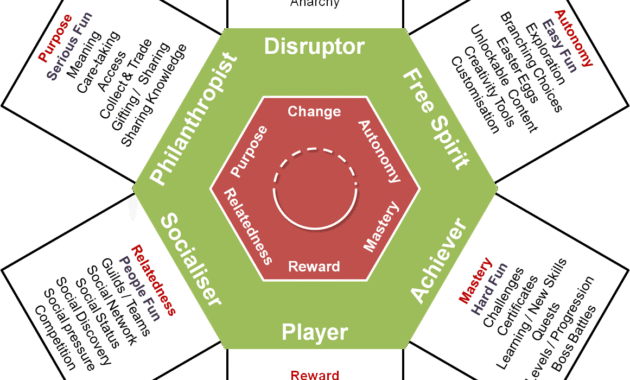Top Casual Dating Apps in the Play Store sets the stage for an exploration of the modern dating landscape, where convenience and connectivity converge through innovative applications. In today’s fast-paced world, casual dating apps have emerged as essential tools for individuals seeking companionship, fun, and romance without the pressures of traditional dating. This overview delves into the various features these apps offer, their user demographics, and the factors contributing to their popularity in the realm of digital dating.
As users navigate through a plethora of options available on the Play Store, understanding the distinctions between different applications and their unique offerings becomes crucial. From user-friendly interfaces to niche targeting, each app presents its own approach to facilitating connections, making it imperative for users to choose platforms that align with their dating preferences.
Artificial Intelligence (AI) has become an integral part of modern society, influencing various sectors, from healthcare to finance, and even entertainment. The technological advancements of AI can be traced back to the mid-20th century, where initial concepts began to take form. To understand the profound impact AI has today, it is essential to explore its evolution through three distinct phases: the past, the present, and the anticipated future.
1. The Past

Foundations of Artificial Intelligence
The term “Artificial Intelligence” was first coined in 1956 during a conference at Dartmouth College, which marked the birth of AI as a formal field of study. Early pioneers such as John McCarthy, Marvin Minsky, and Allen Newell laid the groundwork for AI research by developing algorithms and theoretical frameworks to mimic human intelligence.
In its early days, AI primarily focused on symbolic AI, which involved creating programs that manipulated symbols to solve problems. These programs utilized logic and reasoning to perform tasks but often struggled with complex real-world situations. One notable achievement was the development of the Logic Theorist by Newell and Simon in 1956, which proved mathematical theorems. This success inspired further research and investment in AI.
However, the initial excitement was short-lived as researchers faced challenges in scaling their models. The limitations of computational power and the inability to process vast amounts of data led to the first “AI winter” during the 1970s and 1980s, where funding and interest in AI research dwindled due to unmet expectations.
2. The Present
The Rise of Machine Learning and Deep Learning
The resurgence of AI began in the late 1990s and early 2000s, largely due to advancements in machine learning, particularly in the areas of supervised and unsupervised learning. Researchers began to shift their focus from symbolic AI to data-driven approaches, leveraging the increasing availability of digital data and enhanced computational capabilities.
This transition marked the era of machine learning, a subfield of AI that enables systems to learn from data without explicit programming.
One of the most significant breakthroughs in this phase was the development of deep learning, a subset of machine learning that utilizes neural networks with multiple layers. This approach has proven particularly effective in handling complex tasks such as image and speech recognition. The introduction of convolutional neural networks (CNNs) and recurrent neural networks (RNNs) allowed AI systems to achieve unprecedented accuracy in various applications.
Companies like Google, Facebook, and Amazon began to harness the power of AI to improve their services. For instance, Google’s AlphaGo made headlines in 2016 when it defeated a world champion in the board game Go, a feat previously thought to be years away. This success demonstrated the potential of AI to tackle complex strategic problems.
Today, AI technologies are embedded in our everyday lives. From virtual assistants like Siri and Alexa to recommendation systems used in streaming services, AI is transforming how we interact with technology. Additionally, industries are increasingly adopting AI-driven solutions to optimize operations, enhance customer experiences, and make data-driven decisions.
3. The Future
Opportunities and Challenges Ahead
The future of AI is filled with both opportunities and challenges. As technology continues to advance, we can expect AI to play a pivotal role in addressing some of the world’s most pressing issues, including climate change, healthcare disparities, and food security. AI can help process large datasets to identify patterns and insights that humans may overlook, ultimately leading to more informed decision-making.
In healthcare, AI has the potential to revolutionize diagnostics and personalized medicine. Machine learning algorithms can analyze medical images and patient data to assist in early detection of diseases, such as cancer. Furthermore, AI-driven predictive analytics can help healthcare providers anticipate patient needs and streamline treatment processes, resulting in improved patient outcomes.
Despite these promising advancements, the rapid growth of AI also raises ethical concerns. Issues such as privacy, data security, and bias in algorithms must be addressed to ensure responsible AI deployment. For instance, facial recognition technology has sparked debates about surveillance and racial bias, highlighting the need for regulations that safeguard individual rights while promoting innovation.
Addressing Ethical Concerns
To tackle ethical issues, collaboration between technologists, policymakers, and ethicists is essential. Establishing guidelines and frameworks for the ethical use of AI can help mitigate risks while fostering innovation. Organizations like the Partnership on AI and the IEEE Global Initiative on Ethics of Autonomous and Intelligent Systems are working towards developing standards and best practices in AI ethics.
AI in the Workforce, Top Casual Dating Apps in the Play Store
The integration of AI into the workforce is another area of significant concern. While AI has the potential to automate routine tasks, leading to increased efficiency, it may also displace certain jobs, particularly those that involve repetitive functions. However, this does not necessarily signal an impending job crisis; rather, it presents an opportunity for workforce transformation.
As AI takes over mundane tasks, it can free up human workers to focus on more complex and creative endeavors. Upskilling and reskilling initiatives are crucial to prepare the workforce for this transition. Educational institutions, governments, and corporations must collaborate to create training programs that equip individuals with the skills needed to thrive in an AI-driven economy.
4. Conclusion
Embracing the Future of AI
In conclusion, the journey of artificial intelligence has been marked by significant milestones, challenges, and breakthroughs. From its inception in the 1950s to its current integration into various aspects of our lives, AI continues to evolve at an unprecedented pace. As we look to the future, it is essential to embrace the opportunities AI presents while addressing the ethical implications and workforce changes it brings.
By fostering a collaborative approach among technologists, policymakers, and society, we can harness the power of AI to create a better future for all. The promise of AI is vast, and with careful consideration and responsible innovation, we can ensure that it serves as a tool for progress, enhancing the quality of life and addressing global challenges.











